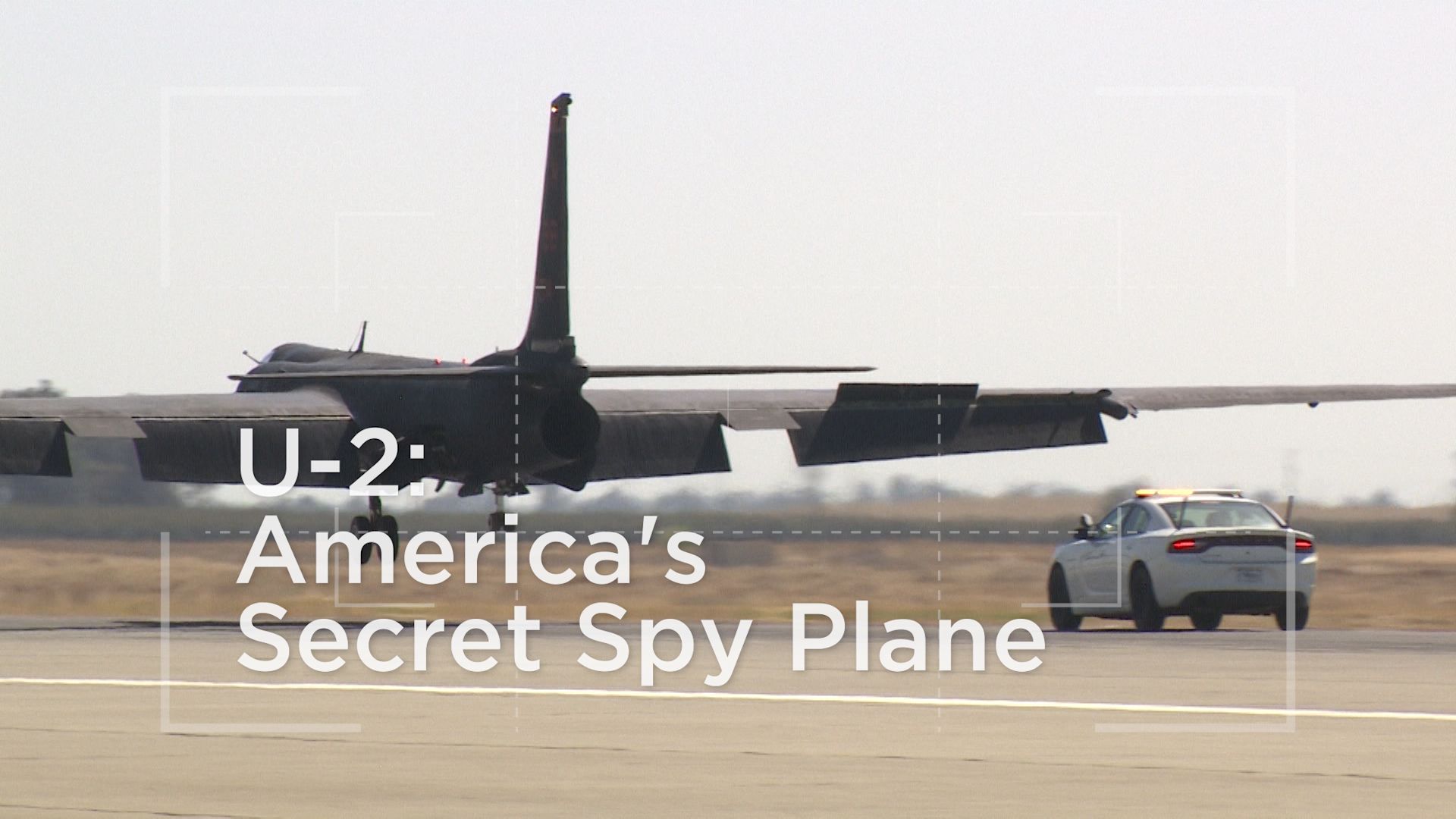
By Simon Newton
The story of the U-2 is one of engineering brilliance and human endeavour, an iconic Cold War aircraft still in use six decades on.
Originally known as the ‘Article’ or the ‘Angel’ it was developed for the CIA by Lockheed in the mid-1950s.
Fearing a ‘missile gap’ the US military wanted to know what weapons and bombers the Soviet Union was developing.
“The Soviet Union in the mid-1950s was a closed world, the Iron Curtain had descended,” explained aviation writer Chris Pocock, who has published four books about the U-2.
“Attempts to gain intelligence from the air had only been partially successful and quite dangerous because Soviet interceptors could reach the aircraft that had been converted," said Mr Pocock.
“So, the idea was to create an aircraft that could fly much higher and would be out of reach of Soviet fighters.”
Lockheed’s Chief Engineer Clarence ‘Kelly’ Johnson already had a stellar reputation.
He had designed the P-38 Lightning and would go on to develop the USAF’s F104 Starfighter.
He and his team were given eight months to build a plane that could fly above 70,000 feet, stay airborne for up to 10 hours and carry a payload of camera and listening equipment.
His answer was a jet-powered glider.
The new plane had a huge wingspan to generate the lift required, a modified fighter jet engine that could cope with the thin air at altitude, and to keep weight to a minimum a single set of centre-line wheels.
Tests took place on the salt flats of ‘Watertown’, the code-name for Area 51, a secret US Air Force testing facility in the Nevada desert.
The ‘Angel’ first flew in 1955, by accident. Her enormous wings generated so much lift she took off during a taxiing test.
“The U-2 gave rise to some UFO sightings that were quite credible,” said Mr Pocock.
“They came from airline pilots who were flying at 35,000 feet and looked up and saw what appeared to be a strange object flying slowly a long way above them, glistening in the sun.”
Much of the development came through trial and error. No-one had ever flown at such heights before.
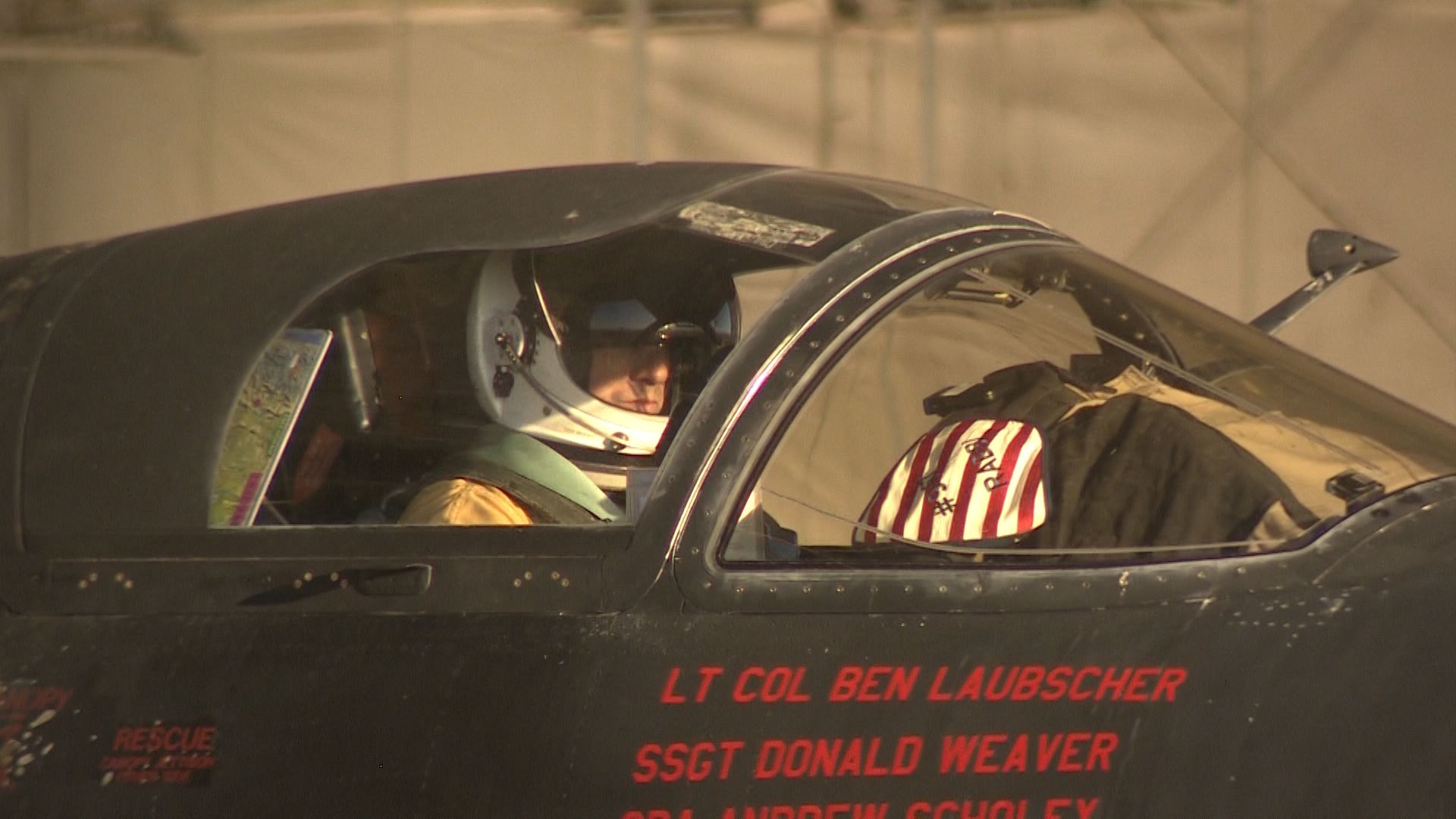


The U-2 Space Suit:
A Pilot’s Life-Support System
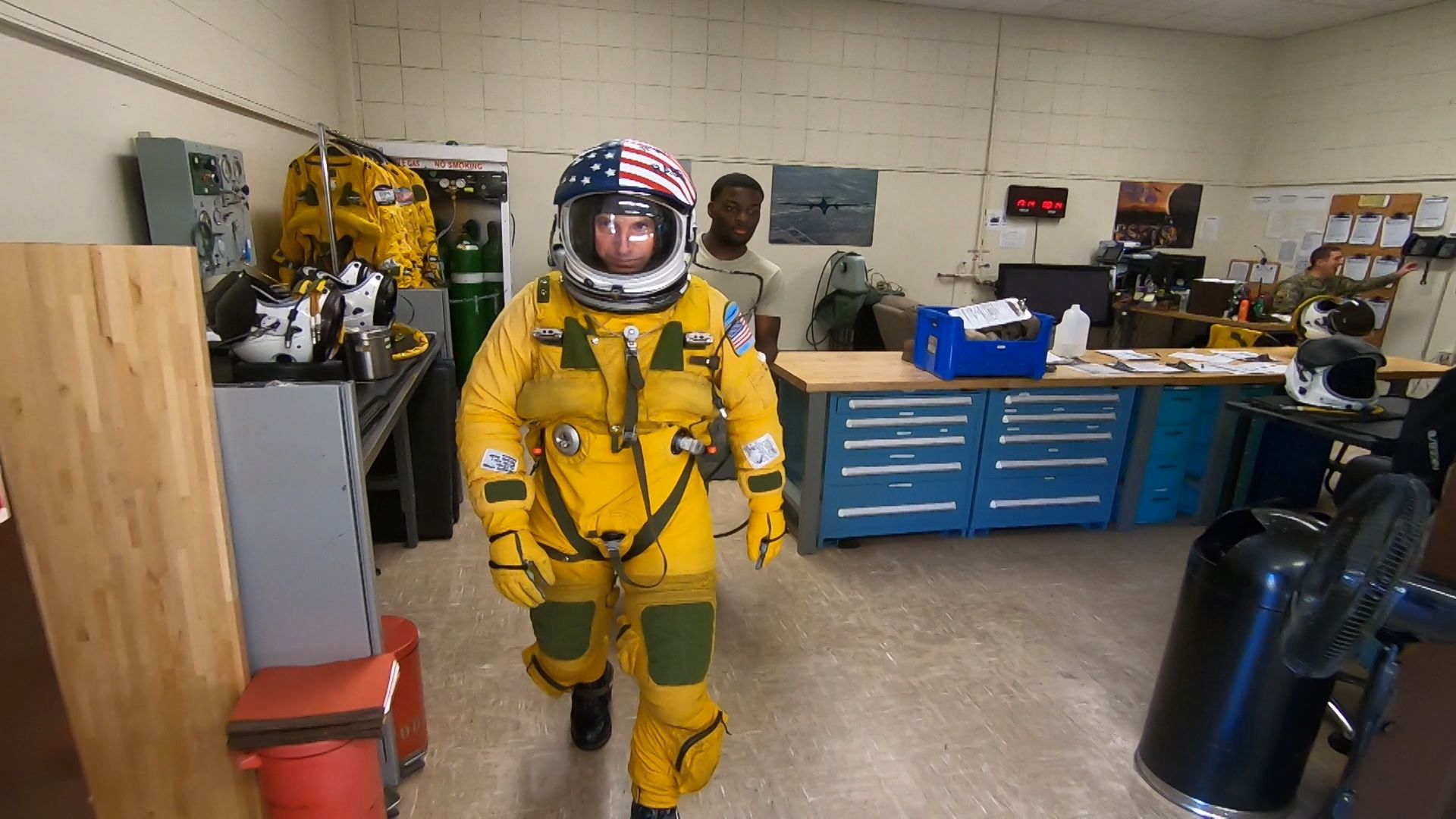
Pilots needed special suits to protect them from cockpit depressurisation, and engine flameouts at high altitude were common. More than a dozen pilots were killed.
Eventually the US Air Force took delivery of the new jet too, renaming it Utility Aircraft number 2 – shortened to the now-famous acronym, the U-2.
It proved more capable than even her designers expected and soon CIA pilots were flying sorties over Soviet airspace, each mission signed-off personally by the President.
In 1958 four Royal Air Force pilots were secretly recruited, flying missions from a base in Turkey. One of them, Squadron Leader Chris Walker later died in a training accident in Texas.
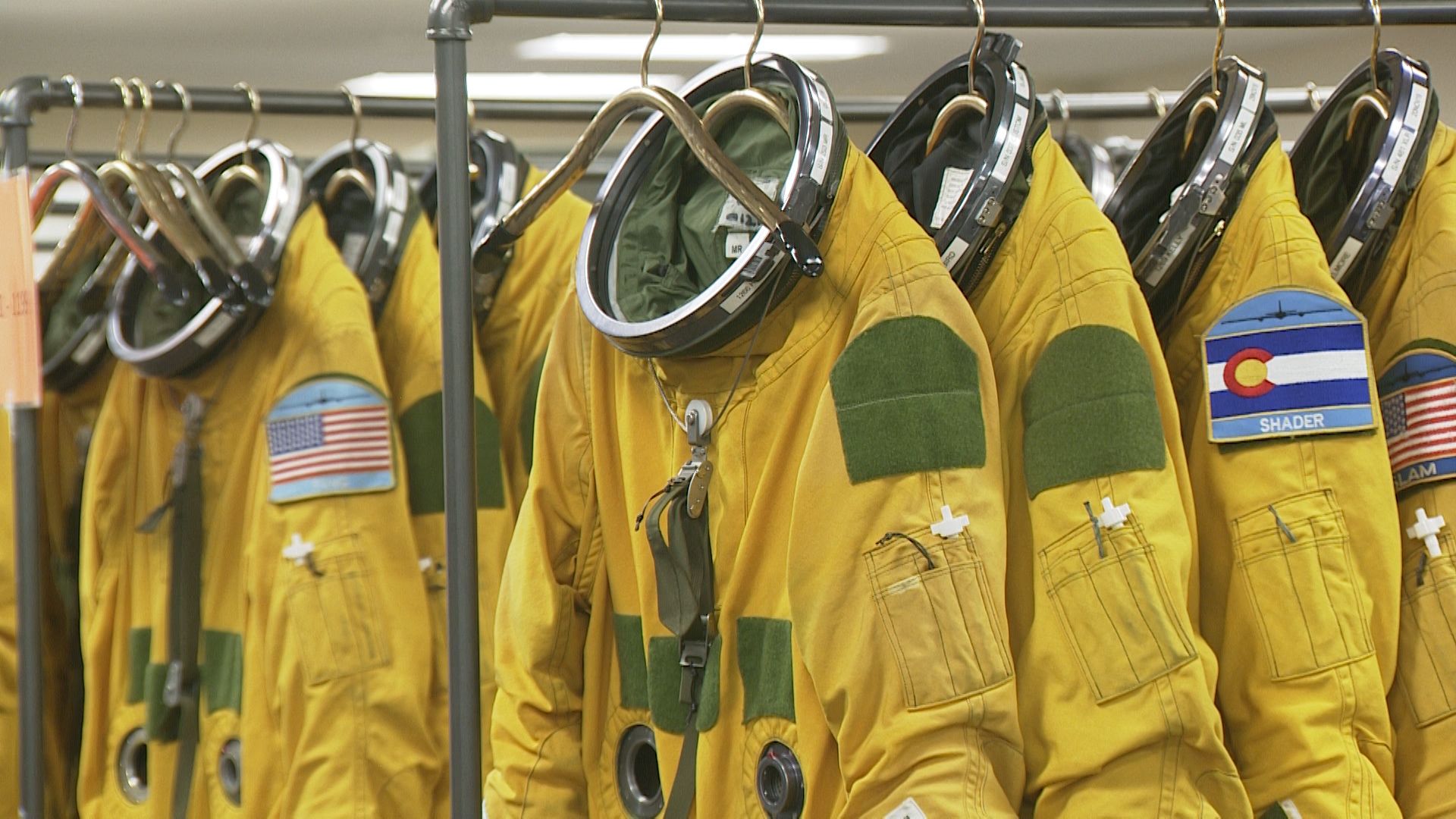
The U-2 space suit.
The U-2 space suit.
Throughout the late ‘50s these overflights continued, U-2 pilots able to gaze down and see the trails of MiG fighters hundreds of feet below.
In 1995 the CIA declassified the number of overflights it had flown over the USSR – 24.
But the Soviets quickly caught up, developing the SAM-2 surface-to-air missile, and in 1960 U-2 pilot Francis Gary Powers was famously shot down on a mission deep behind the Iron Curtain.
After a show trial Captain Powers was sentenced to a long prison term, only to be released two years later in a spy swap – an episode recreated in the Tom Hanks film ‘Bridge of Spies’.
After Capt Powers incident overflights were stopped, and the RAF pilots quickly left Turkey.
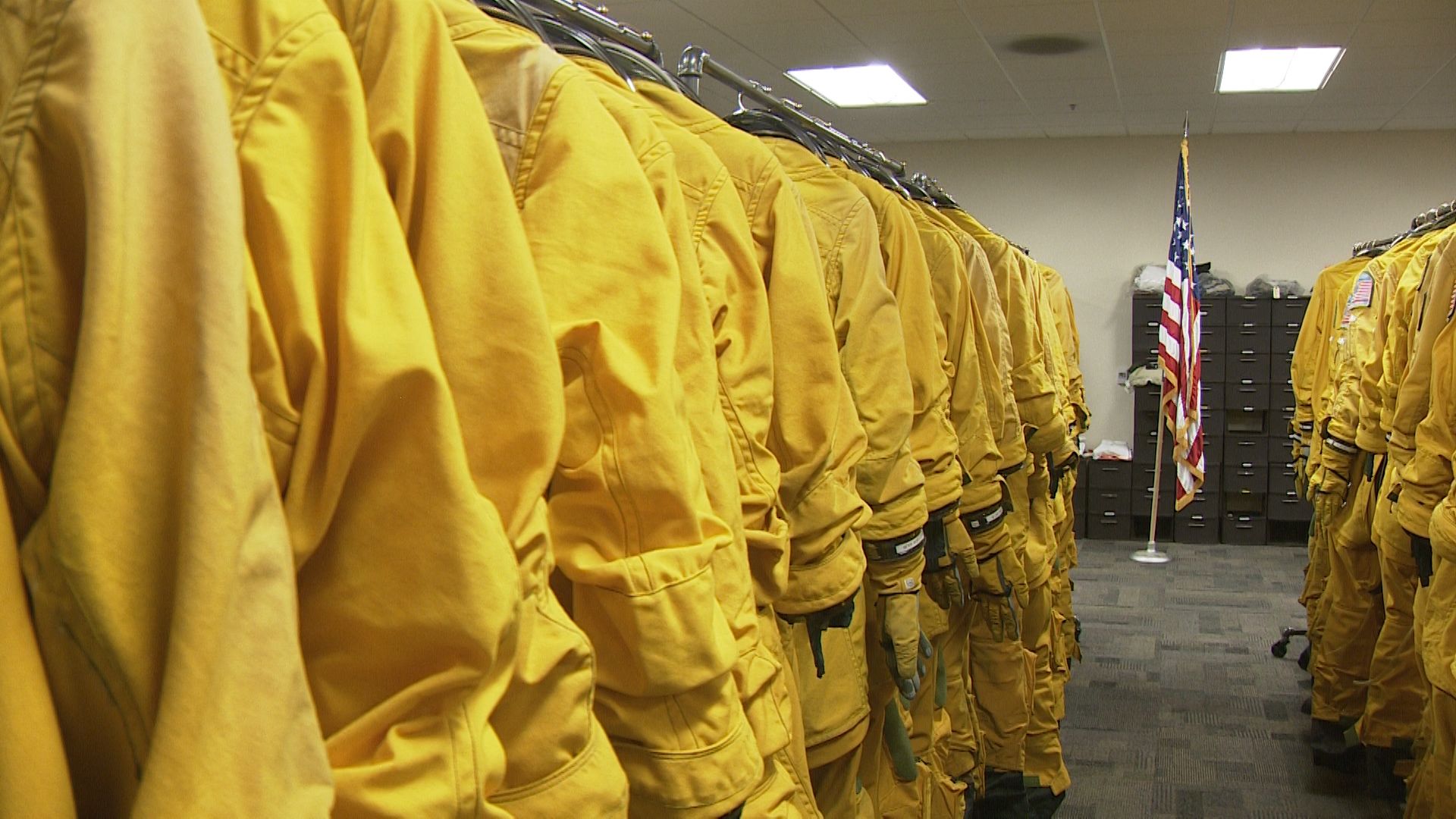


THE DARKROOM OF AVIATION
How photographs changed the Cuban Missile Crisis

But the U-2 continued to show its value.
Two years later it captured the now-famous photos of Soviet weapons on Cuba which sparked the Cuban Missile Crisis.
Over the decades the U-2 has gone through a host of upgrades. The current U-2 airframe is 30% larger than the original and can carry four times the payload.
In his book ‘Dragon Lady Today’ Chris Pocock explains that the original U-2’s cockpit was only pressurised to an altitude of 29,000 feet.
By comparison airline passengers enjoy a cabin altitude of around 5,000 feet.
Over the years many U-2 pilots suffered from decompression sickness – what divers call ‘the bends’ - and in 2009 the fleet was modified reducing the cockpit pressure to 15,000 feet.
Rivals to the U-2 have been and gone and it is now only operated by the USAF.
In the 1960s Kelly Johnson developed the iconic SR-71 ‘Blackbird’.
With her sleek lines and mighty Pratt and Whitney engines she could fly to 85,000 feet and reach speeds above Mach 3.
But it proved too costly to operate and was retired in 1999.
Meanwhile the U-2 gained a new life as a key asset in the War on Terror.
“It has survived, been upgraded and can be upgraded again,” said Mr Pocock.
“There are other aircraft that have lasted as long, notably the B-52 bomber, but that unique airframe and operating environment make the U-2 a very special aircraft.”
The nickname Dragon Lady comes from a female character in the 1940s cartoon strip 'Terry and The Pirates'. USAF pilots saw parallels between her unpredictable behaviour and the U-2’s flying characteristics, and the name was appropriated.
Inside their squadron building at Beale the U-2 pilots have their own bar, the walls adorned with memorabilia and the names of every pilot who has ever flown solo on the Dragon Lady.
Hanging here too are a line of portraits, images of the aviators who failed to return. Over the years there have been many.
Chris Pocock said: “It has that history, that cache about it of the black spy plane, and even those younger people that really don’t remember Capt Powers incident recognise it as an iconic aeroplane.”



THE DRAGON DRIVERS
Meet the pilots
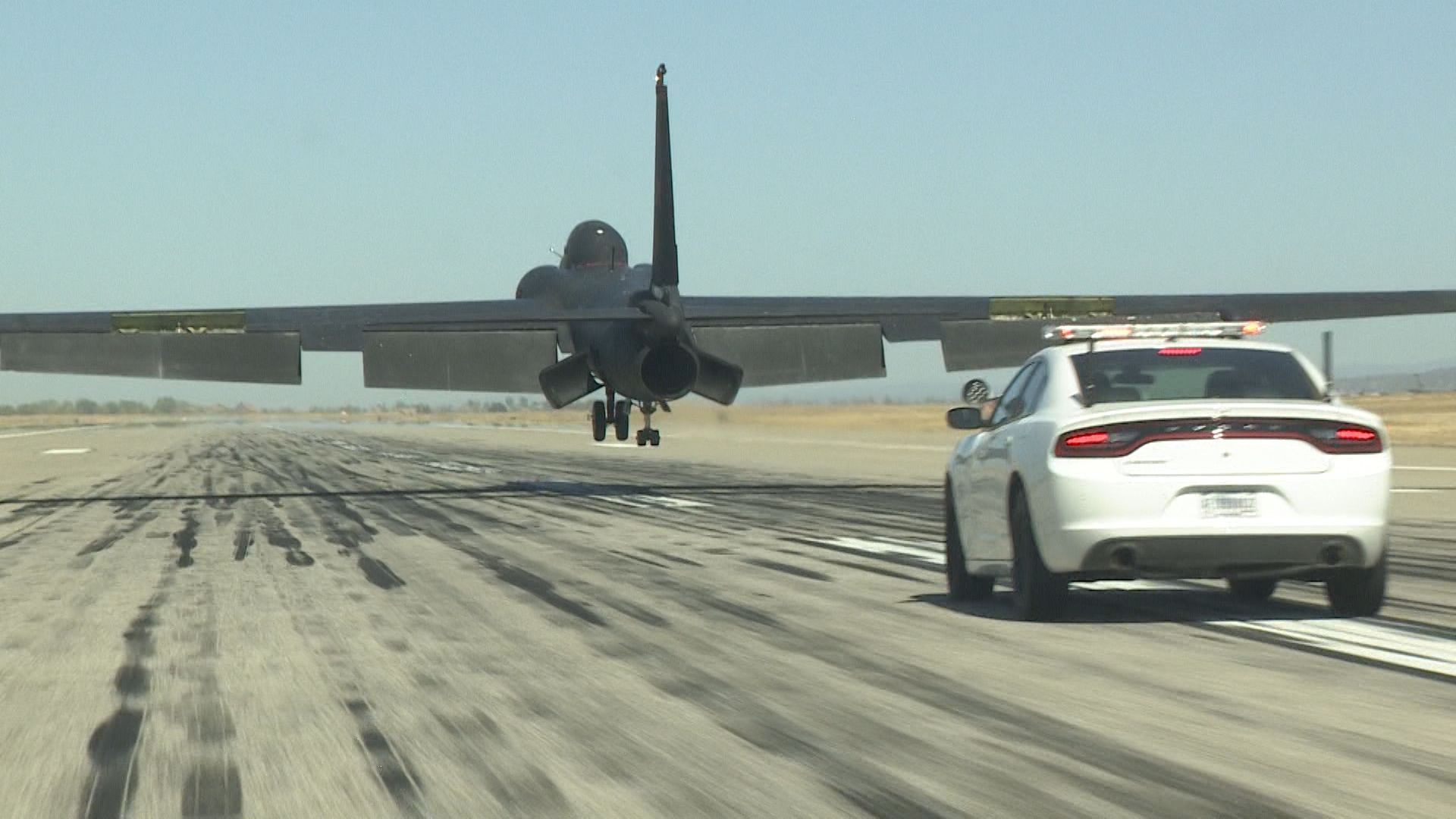
There is an old joke that goes something like:
‘How do you know if there’s a fighter pilot at your party?
The answer?
…They’ll tell you…
It is probably untrue, but if our four days at Beale Air Force Base are anything to go by, it is something that cannot be said of U-2 pilots.
For men and women who fly to the edge of space for a living they are remarkably modest.
Historically U-2 pilots are known as ‘drivers’, and as you enter the 9th Reconnaissance Wing’s building at Beale there is a floor-to-ceiling painting of a U-2 driver striding forward in a pressure suit.
The caption below simply says 'The Ultimate Computer'.
When you arrive at Beale you are greeted with a huge slogan emblazoned across the outside of a hangar. It tells you that you have arrived at ‘Recce Town’.
Lieutenant Colonel Neal Hinson is the chief U-2 test pilot here. In his early 40s, he is smart and affable, someone you sense is always on the go.
In his spare time, he runs ultra-marathons and stars in his own podcast series helping other servicemen invest in property.
“My kids don’t think I’m special at all, and my wife reminds me every day that I’m nothing special at all,” he jokes.
“It’s just how I put food on the table and it’s what I’ve always done. I’m just a normal guy.”
In fact, these pilots are far from normal – they’re here because they are exceptional.
To even be considered for the U-2 programme you must have thousands of hours on other aircraft. Most have previously been instructors.
Lt Col Hinson explained: “We’re all volunteers in the U-2 programme.
“It’s a two-week interview. The first week is just checking you’re fit enough to fly the aeroplane; then that you have the right personality. Third is your records – we don’t just take anybody. We like to think that we only take the top tier.”
While the Lieutenant Colonel’s position means he can reveal his name, the other pilots cannot.
They are still operational and could be deployed anywhere at any time to fly secret missions.
Another member of this elite brotherhood is ‘Nova’.
Fresh-faced and full of energy you sense he is living out his childhood dream.
A self-confessed aircraft junkie, he spends his spare-time flying for an aerobatic team at air shows across America.
Before joining the U-2 programme ‘Nova’ flew Special Forces soldiers into battle – presumably – in some rather dangerous places. Now he is a U-2 instructor.
“You’ll find people who are passionate about aviation here,” he tells me, “It’s not just a job.
“That’s one of the coolest things, the like-minded individuals in this community.”



THE UNBLINKING EYE
The U-2's radar capabilities
The pilots at Beale often liken the U-2 to a Lego kit.
It is not the same plane now as it was even a year ago.
It is constantly changing and can be fitted with a whole array of intelligence gathering cargo depending on what mission they are flying.
The plane essentially carries three types of sensors – ones that watch, ones that listen, and ones that take pictures of the earth below.
One of them is the U-2's advanced Synthetic Radar Aperture Radar System (ASARS) which provides high-resolution images of targets on the ground with such accuracy that it can provide coordinates for precision-guided weapons. [1]
The radar itself can be controlled remotely from the ground by operators thousands of miles away.
The U-2 also carries a big, long-distance camera that can sweep a path in front of the jet as it tracks across the sky. It can analyse the spectral signature of objects, essentially their chemical make-up, and differentiate between. [2]
It allows the ground operators to see through haze, at night, and crucially spot items that have been hidden.

Photographs from the U-2 captured at around 70,000ft.
Captured at around 70,000ft.
During the wars in Iraq and Afghanistan this proved to be a life-saving capability.
In 2010, as troops prepared to seize Marjah in Helmand Province from the Taliban, a U-2 spotted 150 suspected improvised explosive device (IED) dug into roads and helicopter landing sites around the town saving countless lives. [3]
Rather like Thunderbird 2 (if you are old enough to remember) the U-2 can be re-configured for each any mission.
In the hangar at Beale are an array of interchangeable noses, each one for a different sensor. A few bolts and connections and the nose can be changed relatively quickly.
The U-2’s other capability is referred to as ‘SIGINT’ – signals intelligence.
Inside pods on the wings are antennas able to soak up radio signals and intercept mobile phone signals that would otherwise be blocked by high terrain. [4]
The original U-2 was designed around a specially-designed panoramic camera.
Perhaps surprisingly, they still use a version of this Optical Bar Camera (OBC) today, capturing stunningly clear imagery from more than 70,000 feet.
The images the OBC produces are far higher resolution than any digital medium and it can scan up to 100,000 square miles of territory in a single mission.
In a corner of Beale, under a shaded canopy, are a collection of deployable vans housing the processing labs and the airmen of the 9th Intelligence Squadron’s Optical Bar Camera Flight.
The U-2 carries two miles of film, and it is brought here from around the world to be developed using large Kodak Versamat processors.
Despite all its advanced sensors, the U-2’s camera is still in high-demand, particularly over the Middle East.
In 2014, as Islamic State swept across Iraq, 50,000 terrified Yazidis sought refuge on the slopes of Mount Sinjar.
A U-2 overflight was requested, and the film rushed back to Beale to be developed. Within 12 hours the images were in the hands of US Commanders who launched a successful operation to save the refugees.
References: [1– 4] Chris Pocock, Dragon Lady Today, The Continuing Story of the U-2 Spy plane



‘IN GOD WE TRUST…
ALL OTHERS WE MONITOR’
What it takes to be a U-2 pilot

“If there’s anybody who thinks the world is flat they need to come and ride with me,” Lt Col Hinson tells me, with a smile.
He’s one of the U-2 programmes most experienced pilots, with hundreds of combat missions behind him.
Nowadays he test-flies the jets after maintenance and takes ‘check rides’ with less experienced pilots.
The U-2 operates at “around 70 thousand feet” according to the US Air Force – twice the altitude of a passenger plane.
“A lot of the time you get to look out of the window, it’s not so busy that you’re overwhelmed,” he tells me.
“But then there’s 20% of the time that it is truly a temporal disorientation because two hours will feel like 10 minutes.
“In the combat scenarios, when we were supporting Operation Enduring Freedom and Iraqi Freedom, there were missions that were 10 hours plus, that I felt were an hour, because it was so busy.”
New U-2 pilots are flown to this maximum altitude early on in training, so they can experience what it is like and how they will cope wearing a space suit and eating ‘tube food’.”
Nova explains: “A straw goes in and you can have all the foods you have a home.
“Whether it’s Beef Stroganoff, peaches, chocolate pudding or Chicken a la King. It’s just that you get it in puree form.”

Pilot's rely on 'tube food' to get them through hours of operational flying.
Pilot's rely on 'tube food' to get them through hours of operational flying.
Reaching operational readiness takes around a year. Those that fly solo able to join a rare band of brothers and sisters numbering less than 1,100.
The altitude the U-2 reaches is beyond the realms of human survivability and crosses the ‘Armstrong Line’.
Above 60,000 feet the air pressure is so low that the boiling point of water is the same as the temperature of a human body – around 37°C.
Lose cabin pressure at this height and the blood – so we’re told – will boil.
To mitigate the risk, pilots wear a $250,000 pressure suit manufactured the David Clark Company – the same firm that manufactures NASA’s survival clothing.
Every U-2 pilot gets two, each one tailored to his or her individual body shape.
On their boots they wear metal ‘spurs’ that attach to their seat, holding their legs in place in case they have to eject.
The helmet U-2 pilots wear cost $60,000 each. Once inside the pilots cannot open the visor for the duration of their sortie, all the time breathing pure oxygen.
“You see the world from such a different perspective and that will never get old,” says Nova.
“It lets you see just how small and fragile the world really is, and it makes you think a lot. It’s just this serene sort of thing as you sit up there on top of the world.”
But despite the glamour of their job, there is one question U-2 pilots are always asked: How do you go to the bathroom at 70,000 feet?
The answer is an ‘attachment’ male pilots wear on their underclothing allowing them to urinate into a container on their pressure suit. Female drivers have something similar.
“If we do need to relieve ourselves in flight we’re hooked up, so we can go,” explained Nova.
“It’s actually far more convenient than standing here on the ground - you just go!”
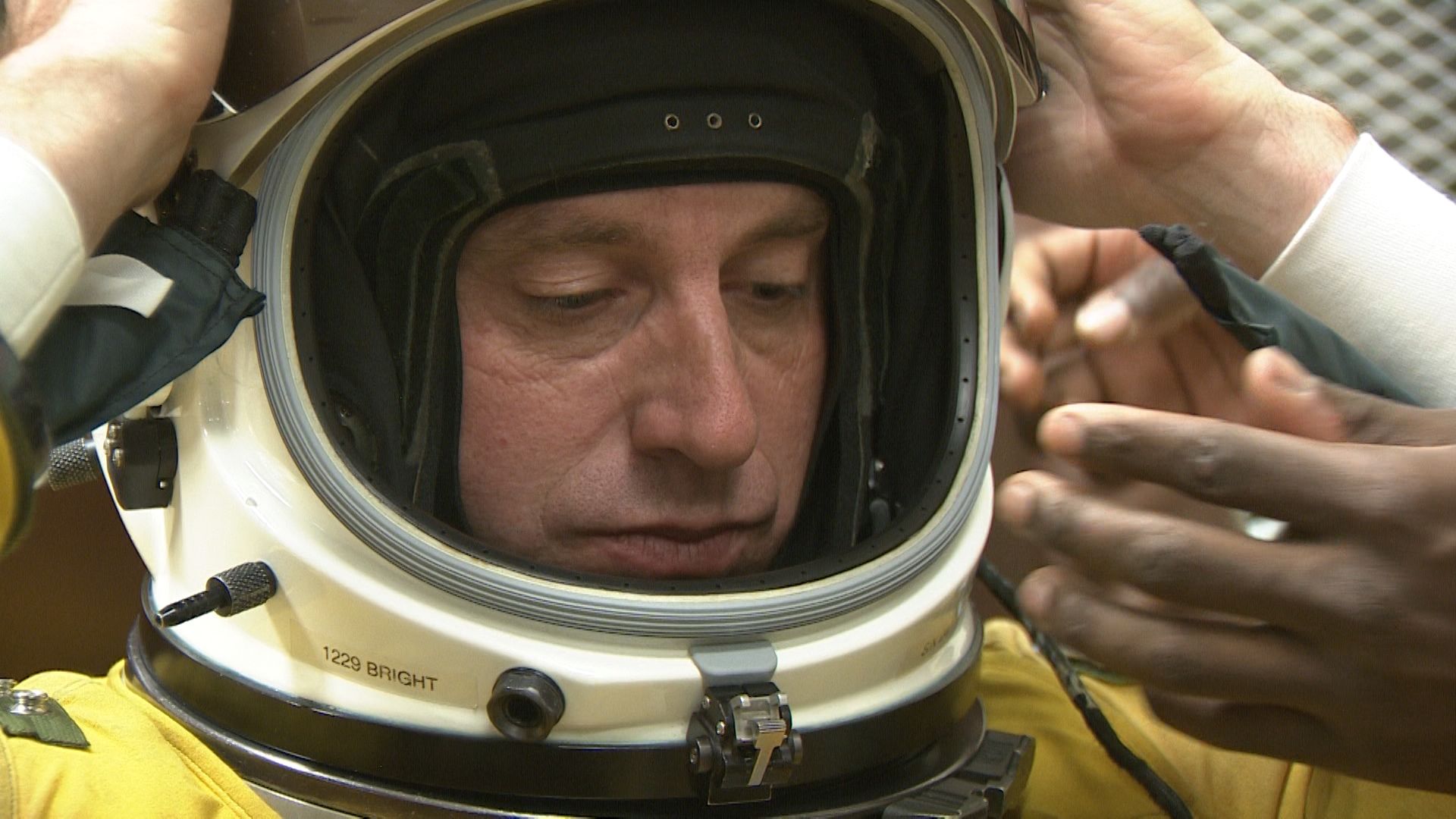



WRESTLING THE DRAGON LADY
What it's like to fly
Landing this spy plane is considered among the most difficult flying manoeuvres in the world.
Like most things, U-2 pilots have a term for it.
“We call it ‘Wrestling the Dragon Lady’,” explains Nova.
“If you ever see cockpit footage it is full on - almost a gym workout every time you come back.”
The aeroplane’s huge wings and powerful engine generates enormous lift. Great for taking off and flying at high altitude. Not so good when you want to come back down to earth.
This is a plane that wants to fly. In fact, during test flights in the mid-1950s it took off by accident while taxiing, such was the lift of the wings.
Other factors make it even more complicated.
When the U-2 was designed they ditched the traditional ‘tricycle’ undercarriage seen on most aircraft in favour of a two-wheel ‘bicycle’ design to save weight.
They also placed the wheel behind the pilot, much like a giant glider.
“Descending back down through that thick air, all the control surfaces are fighting it,” said Nova.
“But now you have the fatigue of a long sortie behind you. You may have been flying for eight or 10 hours, and now you know you’re about to land one of the most difficult aircraft in the world.”
There are no wheels on the wings so – rather like a tightrope walker – the pilot must balance the plane as he lands, taking off speed until the U-2 stalls a few feet off the ground.
Steering is via a small tail wheel than can only turn a few degrees.
Helping the pilot land is the mobile officer – another U-2 ‘driver’ at the wheel of an American muscle car.
At Beale it is a fleet of V8 Dodge Chargers.
On every landing this ‘mobile’ will chase the U-2 down the runway at high speed, giving the pilot a running commentary on their height and direction.
“Ideally you want to be at two feet,” mobile officer ‘Charbs’ tells us as we sit in one of the Dodge Chargers waiting for a U-2 to land.
“Any higher than that and it’s going to be a pretty heavy landing.”
Complicating things further are the space suits the pilots wear. The pressure suit helmets restrict their vision making it even more difficult to judge height and position.
Watching this process up close from the chase car is an unforgettable experience.
Driving at more than 120 mph just feet behind the U-2’s engine, you can see the pilot putting huge inputs into the rudder and control surfaces, fighting to keep the Dragon Lady in a straight line.
What makes it even more impressive is the fact the controls are cable-driven – there is no fly-by-wire ‘power-steering’ system on this old lady.
“I think we all like landing, it’s a challenge however many times you’ve done it,” said Nova.
“You always want to see what the Dragon Lady will offer you.”
The U-2 remains operational at the Beale Air Force Base in California, USA.
Pictures courtesy of: Central Intelligence Agency, Lockheed Martin and US Air Force.


